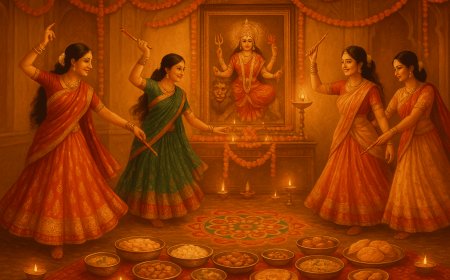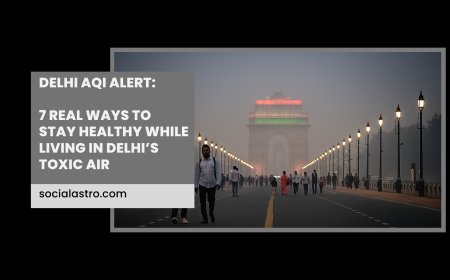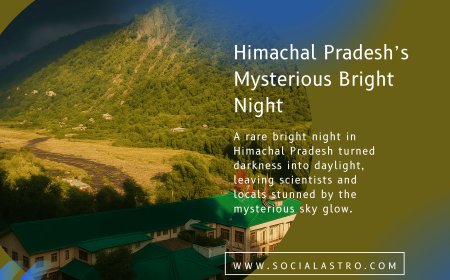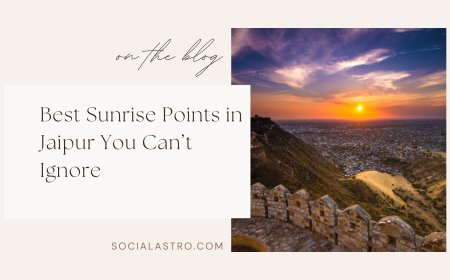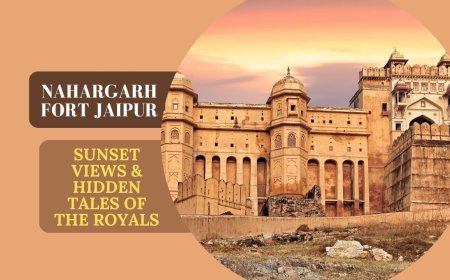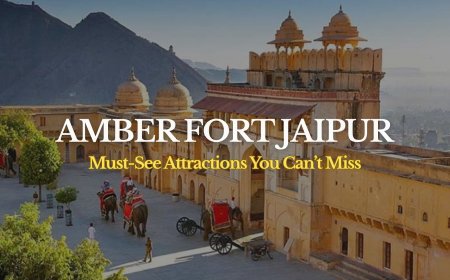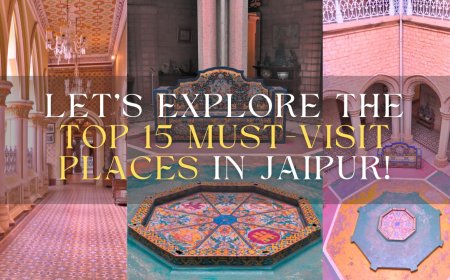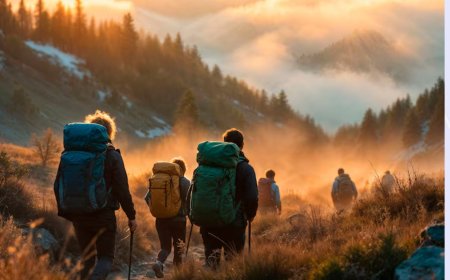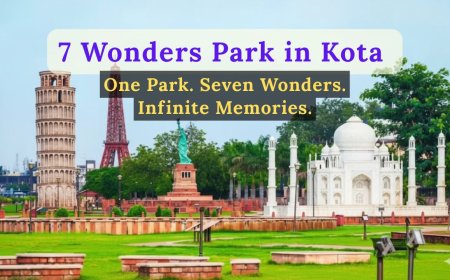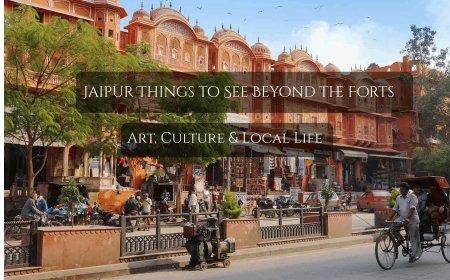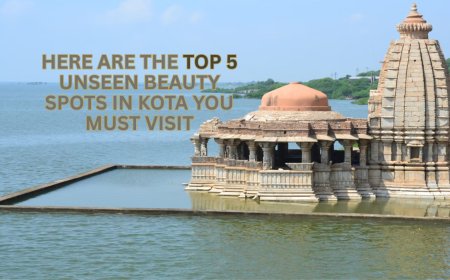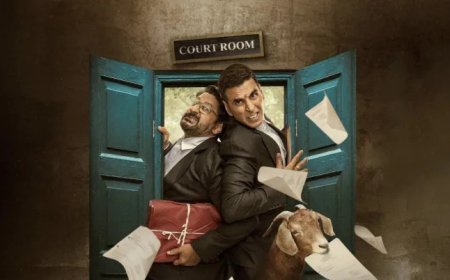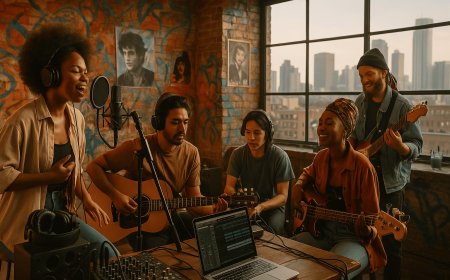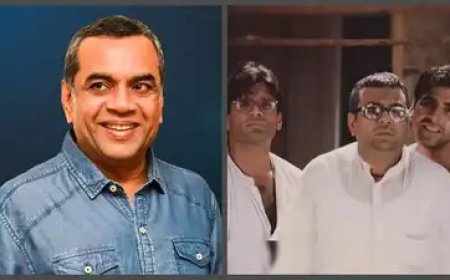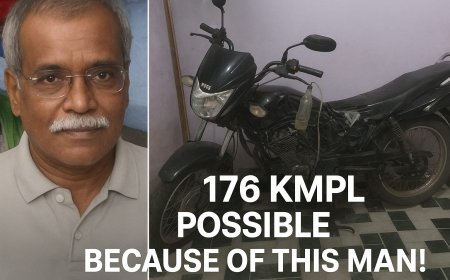Nahargarh Fort Jaipur: Sunset Views & Hidden Tales of the Royals
Nahargarh Fort, Jaipur, offers stunning sunset views, royal tales, Indo-European architecture, and rooftop cafés like Padao for the best Jaipur viewpoint.

Table of Contents
-
Introduction
High above the Jaipur city lies the splendid Nahargarh Fort, beckoning travelers with its panoramic views, royal past, and mesmerizing golden-hour experiences. This is how to position yourself amidst the fort's iconic sunset views, traverse its architectural beauty, immerse yourself in the untold stories of royalty (and ghost-whispers), and experience the café moment at the top. If you are an avid photographer or just desire a night to remember in Jaipur's Pink City, "Nahargarh Fort Jaipur: Sunset Views & Hidden Tales of the Royals" will take you through all of this.
-
Location & Panoramic View of Jaipur City
Situated at the top of the Aravalli Hills' rocky-green ridges overlooking the city of Jaipur, Nahargarh Fort has a magnificent view of the spreading metropolis below. Nahargarh Fort was constructed in 1734 by Maharaja Sawai Jai Singh II, and the fort sits naturally at the summit of the old Pink City, so naturally, it becomes a natural vantage point.
From its parapets, you can glimpse the sweep of Jaipur's urban fabric – the desert-brown roofs, the glint of sunlight on rooftops at sunset, and the dark green of the Aravalli hills far away. The sister forts of Amer Fort and Jaigarh Fort had ringed the city in a defensive triangle, but Nahargarh was more interested in withdrawal, view, and beauty.
This singular location makes the fort a relic of the past: it's a vantage point, a glimpse of Jaipur's cityscape, and a location where the city's rhythm is brought to a crawl while the sun goes down. The west-facing terraces are ideal for observing as day turns into night.
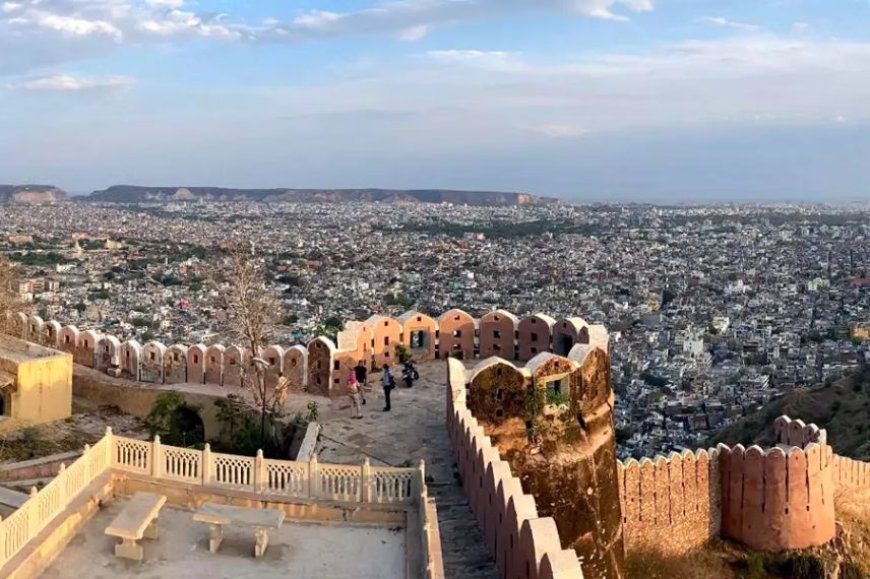
Image Credit: WanderOn
-
Architectural Blend: Indo-European Design at the Fort
What is unusual about Nahargarh Fort is its syncretic style. Originally a fortress and retreat, it came to comprise palace structures, royal suites, and decorative features subsequently. The palace called Madhavendra Bhawan is particularly fascinating: built by Maharaja Sawai Madho Singh, it boasts twelve matching queen suites and a king's suite, the connecting corridors.
Inside these suites, you’ll see delicate murals, stucco work, and some European-style casements and lavatories, blended with Rajputana details. The fort’s name itself means “abode of tigers” (Nahargarh), and legend says it was originally named Sudarshangarh.
The cliff line walls and ramparts, the bastion defending the skyline, the tranquil courtyards: all the architecture encourages you to unhurry and float through, rather than hurry by. As you wander through the fort, recall that you are moving through an area that has been a royal hideaway, a defense stronghold, and an overlook – and the architecture echoes that compound heritage.
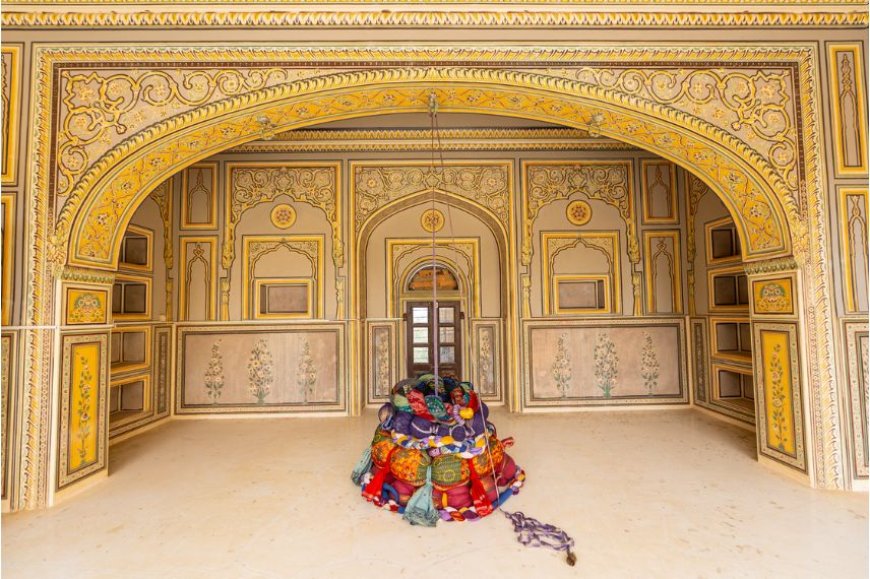
Image Credit: Architectural Digest India
-
Spine-Chilling Stories and Hidden History of the Royals
Few forts have as much folklore and legend as that of Nahargarh. Perhaps the best-known one is that of Nahar Singh Bhomia, a Rathore prince whose ghost, in myth, terrorized the place and interfered with the building of the fort. To placate the ghost, in turn, the king had a temple constructed in memory of the prince inside the fort walls.
It is not difficult to imagine, with the sun setting and the fort remaining still, that the parapets may resound with the light steps of yesteryear. The Madhavendra Bhawan, the royal apartments, were where the king resided and his queens, and the tale of imperial existence in far-away splendor only adds to the mystery. This combination of royal seclusion and ghost-whispered myth creates the illusion that if you are standing on one of the fort's observation points at sundown, you are actually standing in the midst of centuries of history.
If you're a fan of tales of the unseen, all this makes Nahargarh Fort particularly alluring. Whatever ghosts, be they real or symbolic, contribute to the ambiance and another layer to the sundown experience.

Image Credit: I'm an aspirant too - WordPress.com
-
Best Places to Eat at the Fort – Café Culture at the Summit
After exploring the history and soaking in the views, you’ll want to relax. At the summit of the fort, the open-air restaurant/café called Padao Restaurant is the perfect place for that. Nestled within the fort complex, it offers panoramic views, breezy seating, snacks & drinks, and a sunset vista that few other cafés match.
Padao has veg and non-veg snacks and drinks, and one of them says: "a must visit while at Nahargarh fort, best time to go is sunset."
Outside Padao too, rooftop café areas inside and outside the fort; most tourists suggest sitting at a west-facing table so you can enjoy your chai or coffee sipped as you gaze over the city below, changing in rays of gold. And, also, the café scene is an area where one can linger and linger on after most of the fort is closed to ordinary tourist business.
So when you do visit, be sure to fit in time for the ramparts and palace, of course, but for that Padao sundowner – it completes the trip.

Image Credit: Tripadvisor
-
Best Time for Sunset Photography
If you're coming for the scenery, timing is critical. To get the most picturesque sunset photographs at the fort, place yourself on the west-facing ramparts or on the café terrace so you have the city stretch out before you with the sun setting behind the hills. Website "Sunshine Seeker" claims the west-facing ramparts have "the best views, you'll see Kali Burj, a.k.a. Sunset Point, on the fort's edge near Padao Restaurant."
A few helpful photography tips:
-
Arrive around 1 hour before sunset so you have time to find a good spot.
-
Make use of the ramparts or the terraces for level views; don't position yourself too close to the cliffs' edges.
-
Take a wide-angle lens (or phone) for overall city views, and perhaps a telephoto for close-up details of the walls or architecture.
-
As dusk falls, city lights start to sparkle – hold on a bit after sunset for the "Pink City" lights to become incandescent.
-
Come during October to February for a cooler climate and clearer skies (and less clouds of dust) – although sunset shots are available every season.
Note: The central museum of the fort might close at night, but the walls and the roof of the café are open for sunset visits.
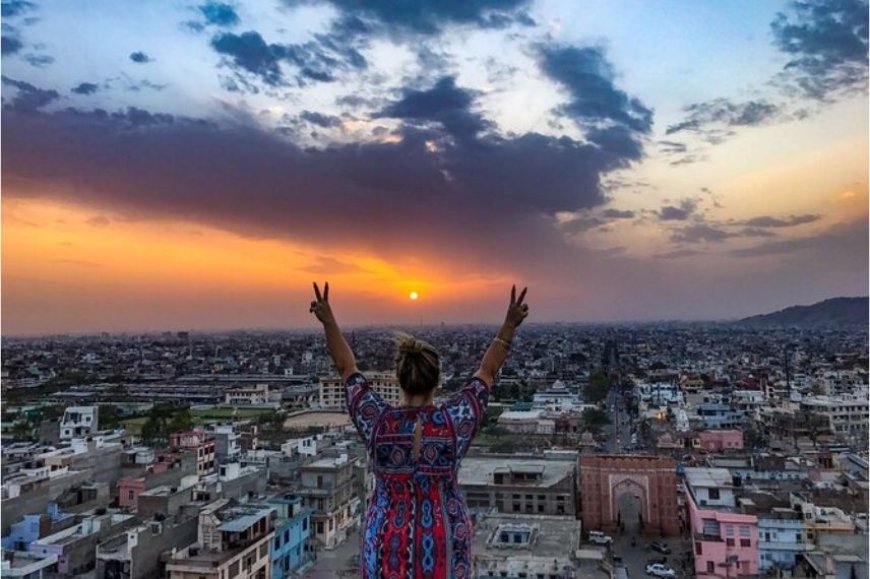
Image Credit: Tripadvisor
-
-
Practical Tips for Your Visit
- Drive up to the fort in a car or taxi – the zigzag ascent on the Aravalli hill makes a private car or taxi most convenient.
-
Entrance fee: There may be individual ticketing for the fort and parts of it. Sample rates mention that Indian tourists pay less than international tourists.
-
Visit plan: For regular sightseeing, morning till late afternoon, but to see sunset, visit in the afternoon so you can remain till evening.
-
Wear walking shoes as there is sloping terrain and ramparts to walk about. Bring water.
-
For restaurants and cafes: If you visit the rooftop cafes within the fort (such as Padao), plan to be an early bird to catch a good view – they become crowded around sunset time.
-
Respect the site: Since it's a heritage site, you're advised to avoid leaning over parapets or climbing over sections of the walls that are unstable.
-
Select the season: The Winter season is most pleasant; avoid the sun in midday during summer if you take a longer tour.
-
Light & camera: While shooting sunsets, make sure camera settings, use a mini tripod, or hand hold your phone – low light time is short but magical.
-
Conclusion
In short, Nahargarh Fort, Jaipur, is far more than a fort. It's viewpoint, palace, café-nestin, and storyteller's dais. From city-viewing vistas across Jaipur to the architectural refinement of the Madhavendra Bhawan suites, from sun-dyeing west-facing terraces to café-moments at Padao, your experience here can be savoured in several layers.
If you time it during the golden hour, linger over the café scene, and stop to soak in legends and architecture, you'll leave with an experience as rich as the view itself. Repeat the buzzword for search-optimization if you need to, or don't; just adopt this as your mantra: come for the view, stay for the history, and sit back with a drink while Jaipur radiates under your feet.
Happy travels – and make your Nahargarh Fort sunset a memory to keep.
What's Your Reaction?
 Like
0
Like
0
 Dislike
0
Dislike
0
 Love
0
Love
0
 Funny
0
Funny
0
 Angry
0
Angry
0
 Sad
0
Sad
0
 Wow
0
Wow
0
